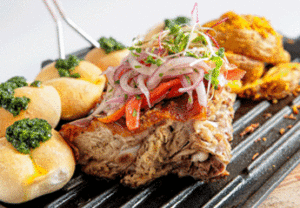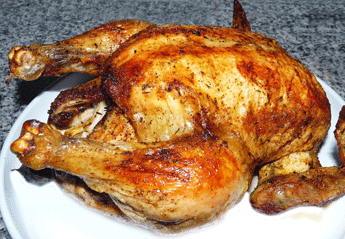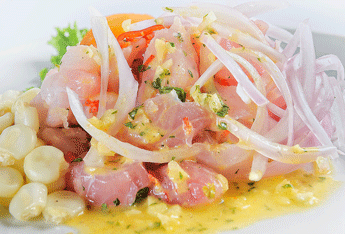[wpseo_breadcrumb]
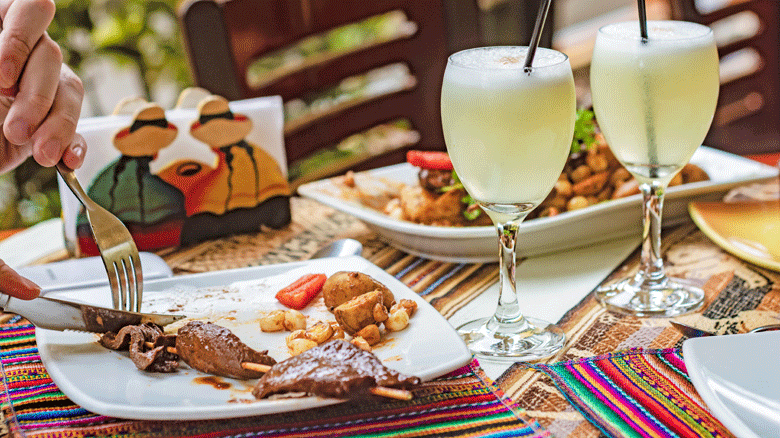
Peruvian cuisine
It is difficult to imagine Peruvian cooking without Chillies. As one of the first places where Chillies were found on this planet, the Peruvians have used Chillies in their cooking for a long time. This experience has resulted in some fine cuisine that is right up there with the very best. This section explores a selection of recipes from this country that illustrate Peruvian food's brilliance.
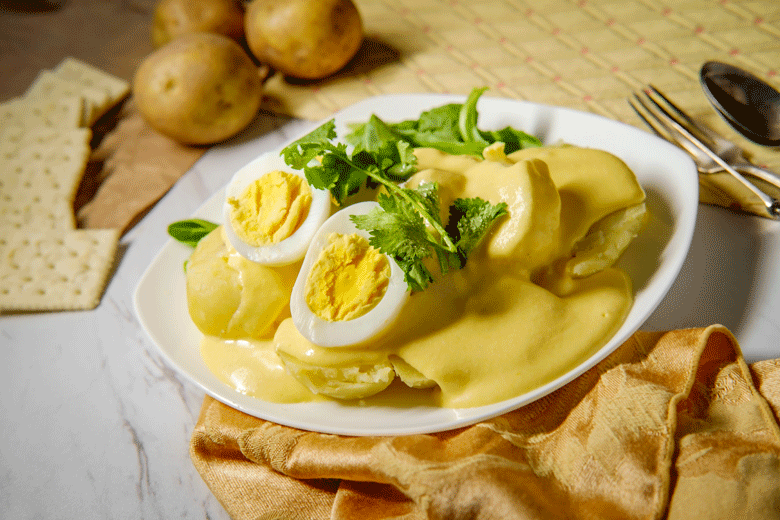
Culinary destination
To be named as the world-leading culinary destination for eight years in a row is no mean feat. And that is precisely what Peru managed to do. While Italy was named the winner of the award in 2020, eight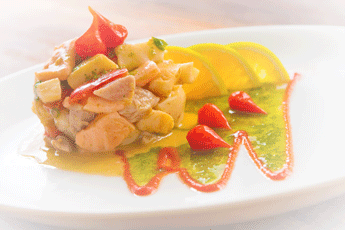 straight years before, Peru was the winner. Before Italy winning, they were the only winners of the award since its inception by the World Travel Award organisation
straight years before, Peru was the winner. Before Italy winning, they were the only winners of the award since its inception by the World Travel Award organisation
Being named the winner of this prestigious award for so many years is ample evidence that some seriously good food is made In Peru. So what makes it that good? The answer is exciting and intriguing, as it is multifold.
Iconical Peruvian dishes like Ceviche ( marinated fresh seafood), Cau Cau (spicy tripe stew), Causa Rellena (a spicy layered potato dish) and Papa a la huancaina ( potato dish with a spicy sauce) and Pollo a la Brasa (among many others) share one ingredient – Aji Amarillo. This Chilli is a runaway favourite of Peruvian chefs. Indeed, it is so revered that it virtually epitomises Peruvian cuisine
But surely it cannot only be this Chill that makes Peruvian cuisine unique. No, this is only one side of the equation. Other factors come into play to make the cuisine what it is
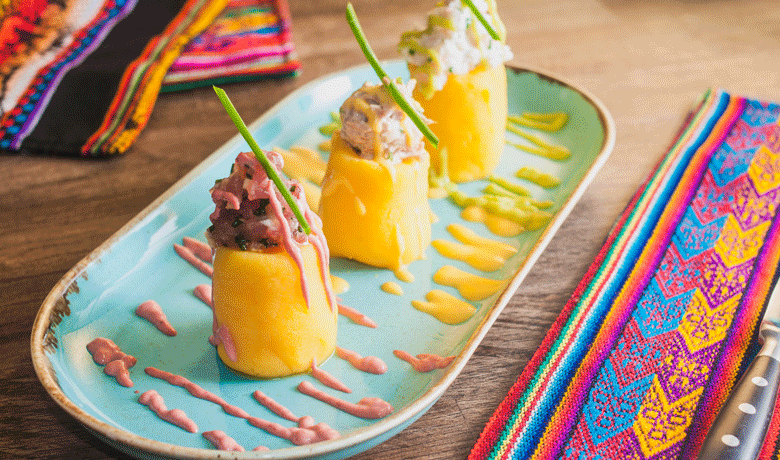
Why is Peruvian food so good?
Besides the fantastic flavor brought to food with Aji Amarillo and many other Peruvian Chillies (including the Lemon drop, Roccoto and many other Chillies), Peru has many other advantages that lend themselves to the country's ability to produce excellent cuisine. These advantages are:
Ingredients
Diverse eco-systems (eleven in total) means Peru can produce many ingredients. This country, for example, has up to four thousand varieties of potatoes, many types of corn, a variety of flavourful Chillies, many different beans and grains like Quinoa, Cañihua and "Kiwicha."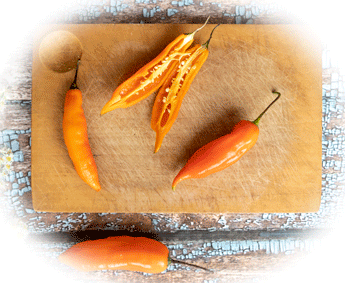
Having the Peru current (Humboldt Current) flowing through its waters means the country has access to a great diversity of seafood. This includes fish like Tuna. Bonita, Anchovies, Mackerel, Hake, Squid, and other seafood (including Clams. Lobster and prawns). Peru's access to this seafood is a significant resource, as up to twenty percent of the world's total marine catch is caught in the Peru current
Other ingredients like Peruvian limes, cocoa and coffee, the all-important Aji Amarillo, Peruvian fruits like Lucuma, Chirimoya Aguaymanto. Camu- Camu and different types of squash all add to the mix. This is, of course, is in addition to everyday ingredients like lamb, goat pork, chicken & beef, and also some more unusual ingredients like Guinea pigs (Cuy) and giant snails
Diversity of styles
Peruvian cooking has been influenced by many styles of cooking throughout its history. When the Spanish arrived in Peru, they found a style of cuisine quite different to their own. Not only were the ingredients different, but the cooking style was also something they were not accustomed to. The Incas (the original natives of Peru) ate food like tamales with spicy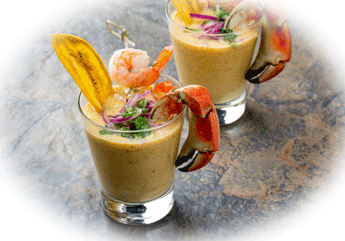 sauces made with tomatoes and Chillies, meat dishes made with llamas and alpacas, frogs and amaranth (to name but a few), whereas the Spanish were used to the European cooking style of the time
sauces made with tomatoes and Chillies, meat dishes made with llamas and alpacas, frogs and amaranth (to name but a few), whereas the Spanish were used to the European cooking style of the time
The Spanish had arrived in Peru with slaves from Africa. These slaves had brought their tastes and style of cooking with them. Through this influence, ingredients like yams and peanuts become part of local cooking. Similarly, ingredients that the Spanish had brought with them, like wheat, barley, lentils, sugarcane, onions and carrots, began being used
And so, as always happens when there is a mixing of cultures, food fusion occurred. Later waves of immigration by the Chinese and Japanese would see even more fusion, with the influences of these cuisines added to the mix. All these additions and constant refinement has led to Peruvian cuisine developing into what we know today.
The most important element
The final and most important reason for Peruvian cuisine is the masterful skill of Peruvian chefs. They have received expert coaching just as their forefathers did, and today produce some of the finest cuisine in the world. Lima, the capital of Peru, showcases this by having some of the world's finest restaurants
Long may this continue

